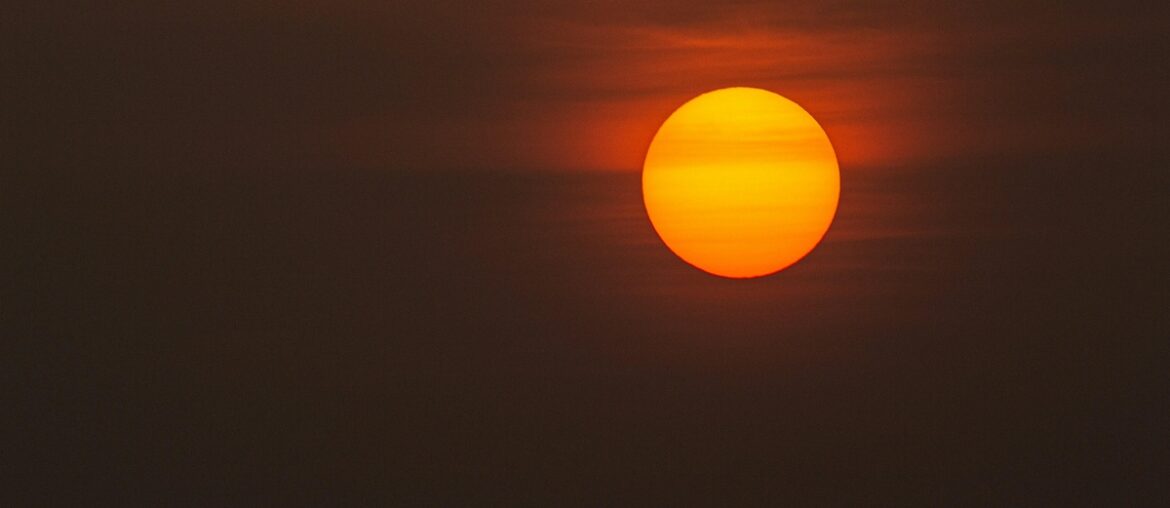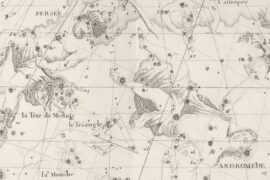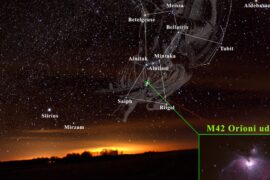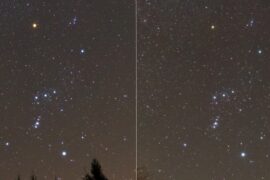Across the night sky, yellow stars sit between hotter blues and cooler reds, often serving as familiar signposts for amateur stargazers. They include sunlike stars at different stages of life and help illustrate how small changes in temperature and composition affect a star’s color and behavior.
There are 20 Examples of Yellow Stars, ranging from 16 Cygni B,Xi Bootis A to other nearby sunlike neighbors; for each, Spectral type,Constellation,Distance (ly) are listed — you’ll find below.
How are yellow stars classified among other stars?
Yellow stars are typically late F- to G-type stars, defined by surface temperatures roughly between 5,000–6,500 K and specific spectral lines (hydrogen plus stronger metal lines). Classification is based on spectral type and luminosity, which together indicate a star’s temperature, size and stage in its life cycle.
Which of these yellow stars can I see without a telescope?
Visibility depends on apparent magnitude and your location; several on the list are bright enough for the naked eye from dark or suburban skies (for example, Xi Bootis A), while others like 16 Cygni B are much fainter and usually require binoculars or a telescope. Check the listed Distance (ly) and constellation to plan observing.
Examples of Yellow Stars
| Name | Spectral type | Constellation | Distance (ly) |
|---|---|---|---|
| Sun | G2V | Sun | 0.00 |
| Alpha Centauri A | G2V | Centaurus | 4.37 |
| Alpha Centauri B | K1V | Centaurus | 4.37 |
| Capella | G8III+G0III | Auriga | 42.90 |
| Pollux | K0III | Gemini | 33.78 |
| Tau Ceti | G8.5V | Cetus | 11.90 |
| Beta Comae Berenices | G0V | Coma Berenices | 29.80 |
| 51 Pegasi | G2.5V | Pegasus | 50.60 |
| Beta Hydri | G2IV | Hydrus | 24.30 |
| Eta Cassiopeiae A | G0V | Cassiopeia | 19.40 |
| Mu Herculis | G5IV | Hercules | 27.20 |
| Sigma Draconis | K0V | Draco | 18.80 |
| 70 Ophiuchi A | K0V | Ophiuchus | 16.60 |
| 55 Cancri A | G8V | Cancer | 41.00 |
| HD 209458 (Osiris) | G0V | Pegasus | 156.00 |
| 16 Cygni B | G3V | Cygnus | 69.00 |
| Eta Bootis | G0IV | Bootes | 37.00 |
| Xi Bootis A | G8V | Boötes | 22.00 |
| Mu Cassiopeiae | G5V | Cassiopeia | 25.20 |
| 40 Eridani A | K1V | Eridanus | 16.30 |
Images and Descriptions

Sun
The Sun is a G2V yellow dwarf at the center of our Solar System. It appears bright golden from Earth at low altitude, powers life and climate, and serves as the primary reference for stellar classification and detailed solar science.
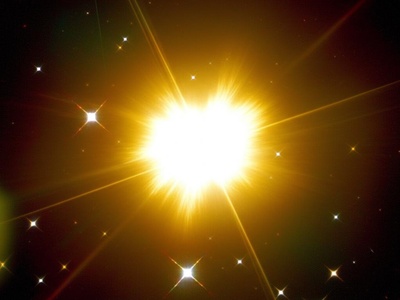
Alpha Centauri A
Rigil Kentaurus (α Cen A) is a Sun-like G2V star in Centaurus, appearing yellow-white to the eye. At 4.37 ly it is the nearest Sun-like star and a prime target in searches for nearby exoplanets and habitability.
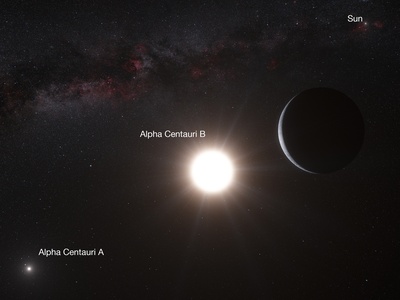
Alpha Centauri B
α Centauri B is the slightly cooler K1V companion in the nearest stellar system. It looks mildly yellow-orange, lies 4.37 ly away, and is an important nearby target for exoplanet searches and stellar activity studies.
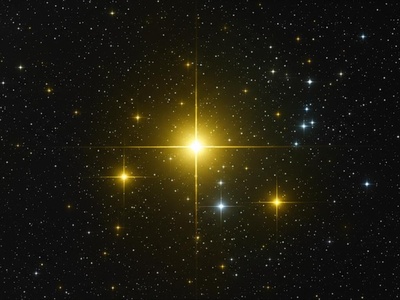
Capella
Capella (α Aur) appears as a bright yellowish point in Auriga but is actually two G-type giants. At about 42.9 ly it’s one of the brightest winter sky stars and a classic example of evolved, luminous yellow giants.

Pollux
Pollux (β Gem) is a K0III giant and the brightest star in Gemini, with a warm yellow-orange hue. At ~33.8 ly it hosts a confirmed exoplanet, making it a nearby, prominent giant of historical and modern interest.
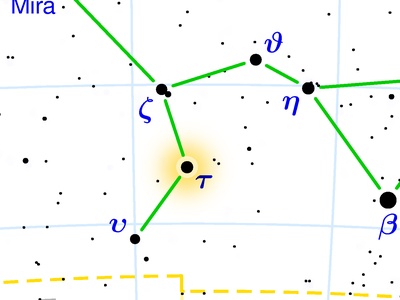
Tau Ceti
Tau Ceti is a quiet, Sun-like G8.5V star in Cetus with a faint yellow glow and magnitude ~3.5. At 11.9 ly it’s nearby and prized for its low activity and for searches for faint planetary companions and debris disks.

Beta Comae Berenices
Beta Com (β Com) is a G0V yellow-white star in Coma Berenices, visible to the naked eye. At ~29.8 ly it is a well-studied solar analog used as a comparison for the Sun’s magnetic activity and age estimates.
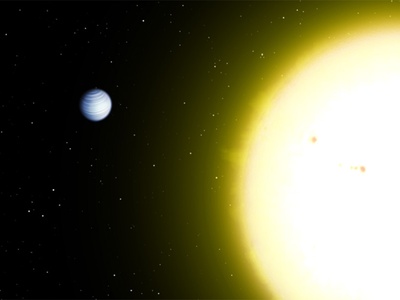
51 Pegasi
51 Pegasi is a Sun-like G2.5V star in Pegasus that appears yellow to telescopes. About 50.6 ly away, it became famous for hosting the first confirmed exoplanet orbiting a Sun-like star (51 Peg b), launching modern exoplanet research.

Beta Hydri
Beta Hydri (β Hyi) is a yellow G2IV subgiant in the southern skies, shining brightly at about 24.3 ly. As an evolved solar analog it serves as a benchmark for studying the Sun’s future evolution and stellar oscillations.
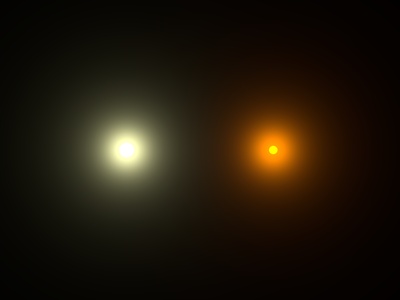
Eta Cassiopeiae A
Eta Cassiopeiae A (Achird) is a G0V yellow star in Cassiopeia near the familiar “W” pattern. At 19.4 ly it forms a wide visual binary and is a nearby Sun-like star commonly used in studies of stellar properties.
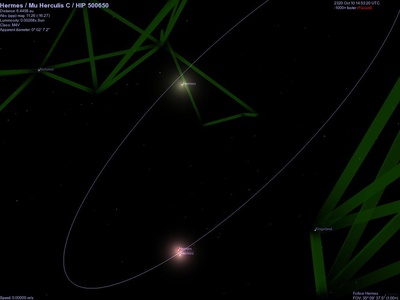
Mu Herculis
Mu Herculis is a yellow G5IV subgiant in Hercules about 27.2 ly away. It is a bright, nearby evolved solar-type star in a visual binary system and has been studied extensively for its spectrum and activity cycles.
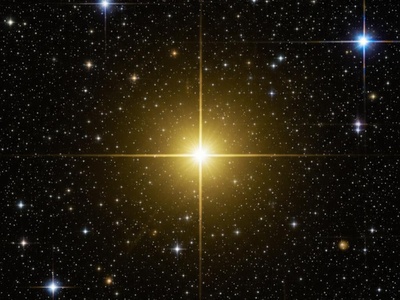
Sigma Draconis
Sigma Draconis (σ Dra) is a nearby K0V dwarf in Draco with a faint yellow color, roughly 18.8 ly distant. It is often used as a reference K-type star in spectral studies and long-term monitoring of stellar magnetic activity.
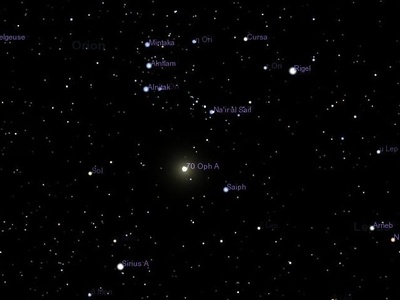
70 Ophiuchi A
70 Ophiuchi A is a K0V yellow-orange dwarf in Ophiuchus about 16.6 ly away. As one of the first well-studied nearby binaries, it has historical importance in the development of orbital astronomy and binary dynamics.
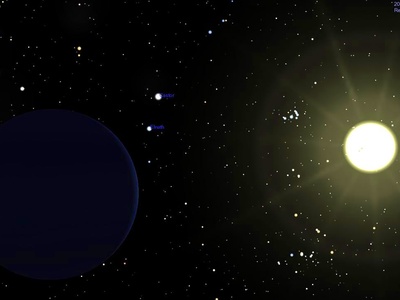
55 Cancri A
55 Cancri A (Copernicus) is a yellow G8V star in Cancer about 41 ly distant. It is famous for hosting a compact multi-planet system, including planets of varied types, and is a benchmark for studying planetary system architectures.

HD 209458 (Osiris)
HD 209458 (Osiris) is a G0V yellow star in Pegasus roughly 156 ly away. It hosted the first transiting exoplanet observed, enabling atmospheric studies and detailed measurements of an exoplanet’s size and composition.
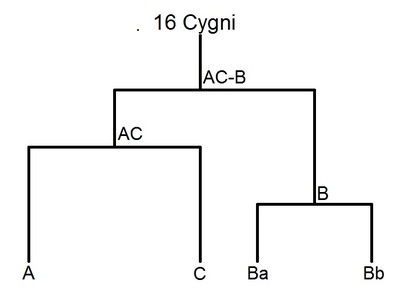
16 Cygni B
16 Cygni B is a G3V yellow star in Cygnus about 69 ly distant. Part of a triple system, it hosts a long-period, highly eccentric giant planet and has been important for studies of planetary dynamics and stellar composition differences.
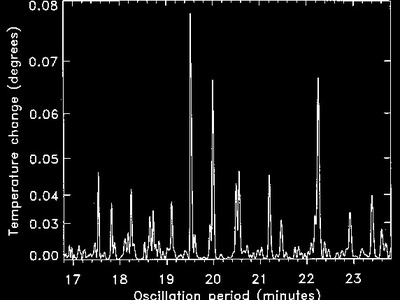
Eta Bootis
Eta Bootis (Muphrid) is a bright yellow G0IV subgiant in Bootes about 37 ly away. Its relatively large amplitude oscillations and evolved state make it a valuable calibrator in asteroseismology and stellar evolution research.
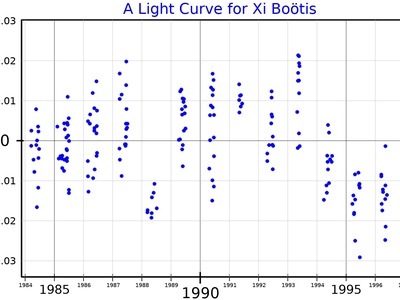
Xi Bootis A
Xi Bootis A is a G8V yellow dwarf in Boötes roughly 22 ly distant. It is an active nearby star with a close companion, often observed to study stellar magnetic cycles, flares, and the activity of Sun-like dwarfs.
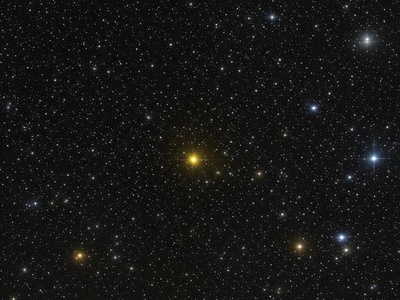
Mu Cassiopeiae
Mu Cassiopeiae is a faint G5 subdwarf in Cassiopeia about 25.2 ly away. It appears yellow but is metal-poor and fast-moving, making it a classic halo star that provides clues to the Milky Way’s early chemical history.
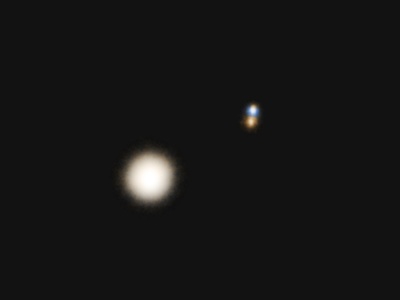
40 Eridani A
40 Eridani A is a K1V yellow-orange dwarf in Eridanus at about 16.3 ly. It is the primary of a famous triple system (with a white dwarf and red dwarf) and is well known in popular culture as the host of the fictional planet Vulcan.
Enjoyed this article?
Get daily 10-minute PDFs about astronomy to read before bed!
Sign up for our upcoming micro-learning service where you will learn something new about space and beyond every day while winding down.

